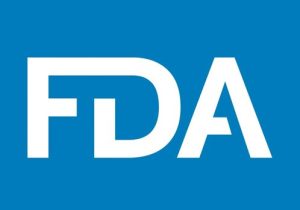The 505(b)(2) Application for Marketing Approval in the USA
Course Summary
A 505(b)(2) New Drug Application (NDA) is a submission to the Food and Drug Administration (FDA) for approval to market a drug in the USA. It differs from a ‘stand-alone’ NDA in that some of the data on which the applicant relies to demonstrate safety and efficacy have been obtained from publicly available sources rather than from the applicant’s own studies. The applicant typically proposes to market a drug that is based on an approved reference product but modified in its formulation or uses.
A 505(b)(2) NDA also differs from an Abbreviated New Drug Application (ANDA) for approval of a generic drug in that the applicant’s product need not be a duplicate of the reference listed drug. The 505(b)(2) pathway may be said to lie part-way between the ‘stand-alone’ NDA and generics pathways, offering a unique combination of advantages to developers. It facilitates the modification of drugs to address unmet medical needs. The 505(b)(2) application pathway accounts for about half of all new drug approvals in the USA.
In this course, we address issues specific to 505(b)(2) applications. We compare the various pathways and distinguish those circumstances appropriate for a 505(b)(2) NDA from those that are not. We identify particular characteristics of 505(b)(2) applications. We refer the learner to other Zenosis modules on NDAs and ANDAs for further details of requirements – for format, content, mode of submission, and FDA review – that are covered there.

£59.00 Original price was: £59.00.£39.00Current price is: £39.00. exc. VAT
Purchasing Information
When you have completed your course order, Zenosis will finalise the setup of your course materials and contact you on the email address that you provide in your order. You can expect this process to be completed within one business day (using the UK business calendar) of completing your payment.
It is therefore essential that you use your real email address for your order, or indicate in the purchase notes the email address to be used for the course set-up, and check that any messages from Zenosis or grapl are not lost in your junk or spam folder.
You will have access to the course module(s) for a period of 180 days after your purchase is complete.
Detailed Course Information
• Identify and characterise the four different pathways by which applications for approval to market a small-molecule drug in the USA may be made
• Compare the 505(b)(2) application with the other pathways to market and identify its advantages
• Distinguish circumstances that mandate a 505(b)(2) application from circumstances in which it is optional
• Specify regulatory requirements that apply to 505(b)(2) applications
This module is intended primarily for regulatory affairs professionals who are new to the 505(b)(2) application or who seek a refresher course. It will also be of interest to others involved in drug development and/or who interact with the FDA.
• Pathways to market approval
• Advantages of 505(b)(2) application
• Application relying in part on published literature
• Application relying in part on FDA findings in a previous approval
• Product modifications compatible with a 505(b)(2) application
• Bioequivalence of sponsor’s drug and reference drug
• Reference drug patent information required
• Market exclusivity for 505(b)(2)-approved products
• Format, content and mode of submission
• Assessment
